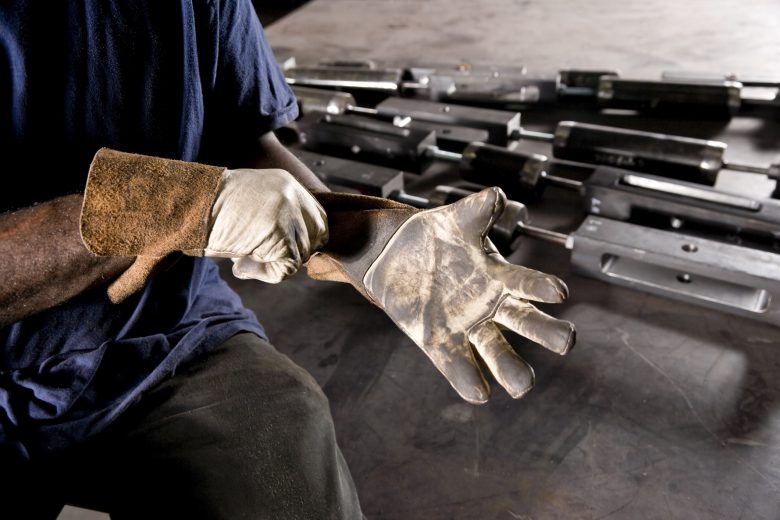Workers’ hands are their most important tools, but unlike wrenches and screwdrivers hands are irreplaceable. Even a small cut can impede performance, which is why hand safety is so important. Introducing appropriate PPE is step one to preventing hand injuries. But there are several factors to be mindful of that can affect whether employees wear their safety gloves properly and consistently, and take their hand safety seriously.
Do not take glove training lightly
Assuming that people know how and when to use gloves will lead to a whole lot of hand injuries. In-depth glove training might seem like discussing the obvious, but it can make a big difference. Provide comprehensive training whenever safety gloves are required—workers shouldn’t be confused about what type of glove to wear for a job, especially if they have to do glove changes for multiple tasks. Workers should also be educated on the specific function of each pair, including the purpose of any special features or enhancements, and the different types of situations in which they’re required to wear gloves.
Educate supervisors
Front-line supervisors are a major factor in the success or failure of any safety initiative. When it comes to hand safety, supervisors need to lead by example. If they don’t follow glove safety procedures themselves, it is more likely that their employees will ignore them too.
Shift supervisors and other front-line leaders also need to be taught the importance of dialogue. Workers should feel comfortable approaching them about concerns regarding hand safety or PPE compliance issues in general.
Ideally, supervisors will also have the skills and confidence to effectively intervene whenever they observe employees who aren’t wearing hand protection when they should be. A positive and ongoing dialogue about hand safety would contribute to the safety culture of your workplace and assure the workers that their questions or concerns are always valid and welcome.
Address the human factors
Numerous human factors can affect whether workers wear their PPE. Chief among these are rushing, frustration, fatigue and complacency. These dangerous states can easily contribute to hand injuries. This is why it’s important to consider a person’s state of mind and how it influences their ability to remember hand safety requirements. As a result, employers should allow regular breaks to avoid workers becoming tired or stressed.
But breaks and similar measures aren’t enough. Human factors training is a crucial component of any PPE program as it, teaches employees useful techniques to address dangerous states of mind and help them develop good hand safety habits such as:
- looking carefully before resting hands on a surface or sticking hands into something
- moving eyes before moving hands
- keeping hands out of pinch points
Developing strong habits such as these goes a long way to reducing hand injuries.
Throw out damaged gloves
Holding onto damaged gloves is not worth the risk. If a glove is ripped, torn, or shows signs of deterioration, it needs to be promptly replaced as faulty gloves are less likely to provide sufficient protection. It’s important to devise a disposal system for old gloves when they begin to show signs of wear and tear and to have new ones available as soon as they’re required.
With physical hazards, temperature hazards, chemical hazards, and mechanical hazards present in the workplace, coupled with increased risk of infection when a hand is already wounded or vulnerable, enforcing glove safety is crucial. This includes adequately training employees when introducing any new equipment, as well as being mindful of human factors that affect the use of PPE.

